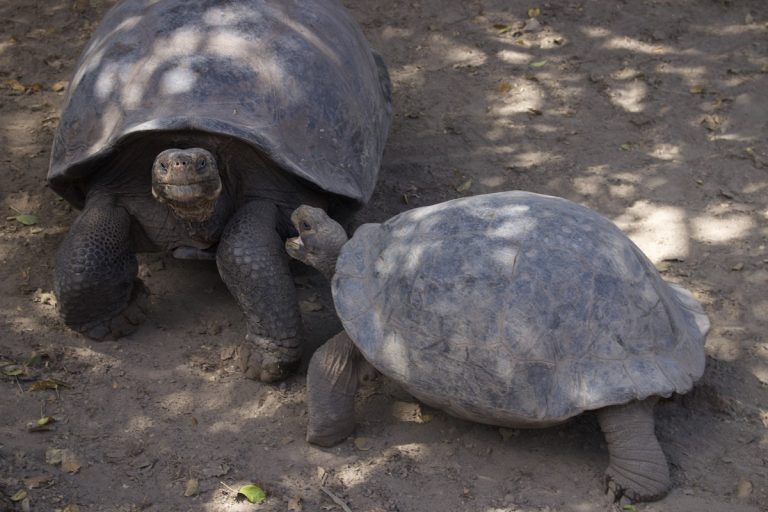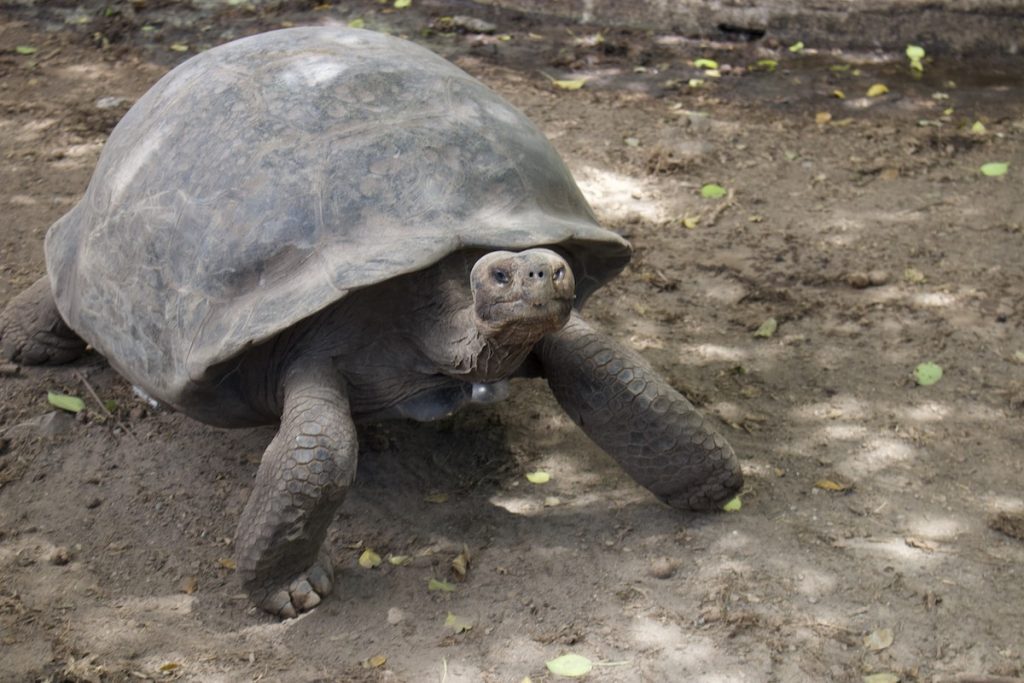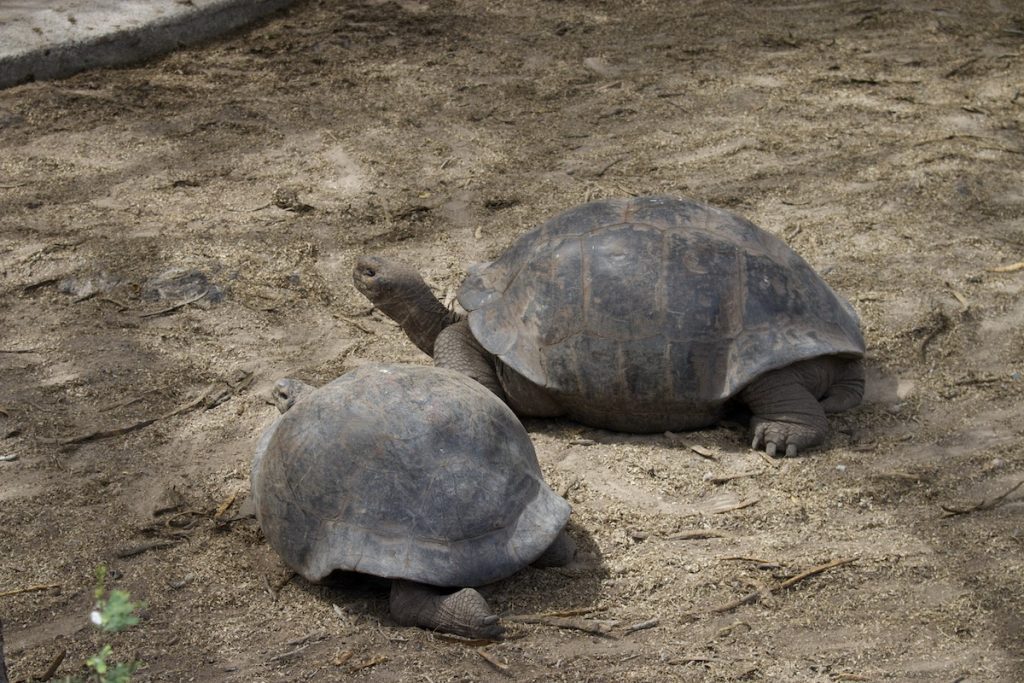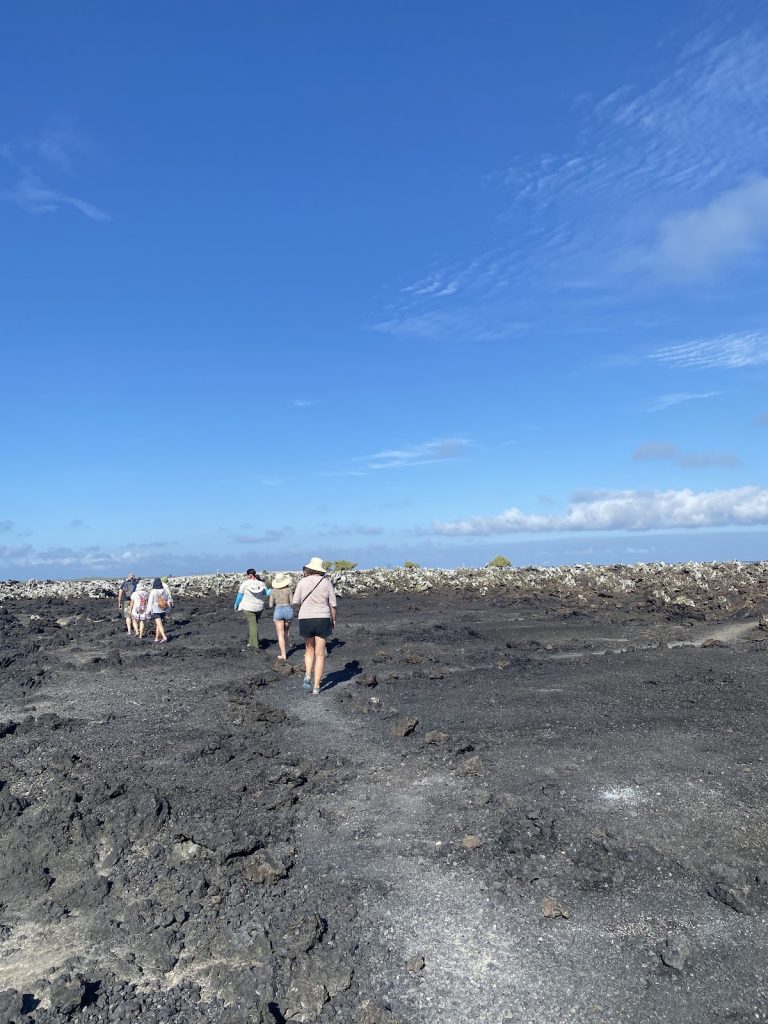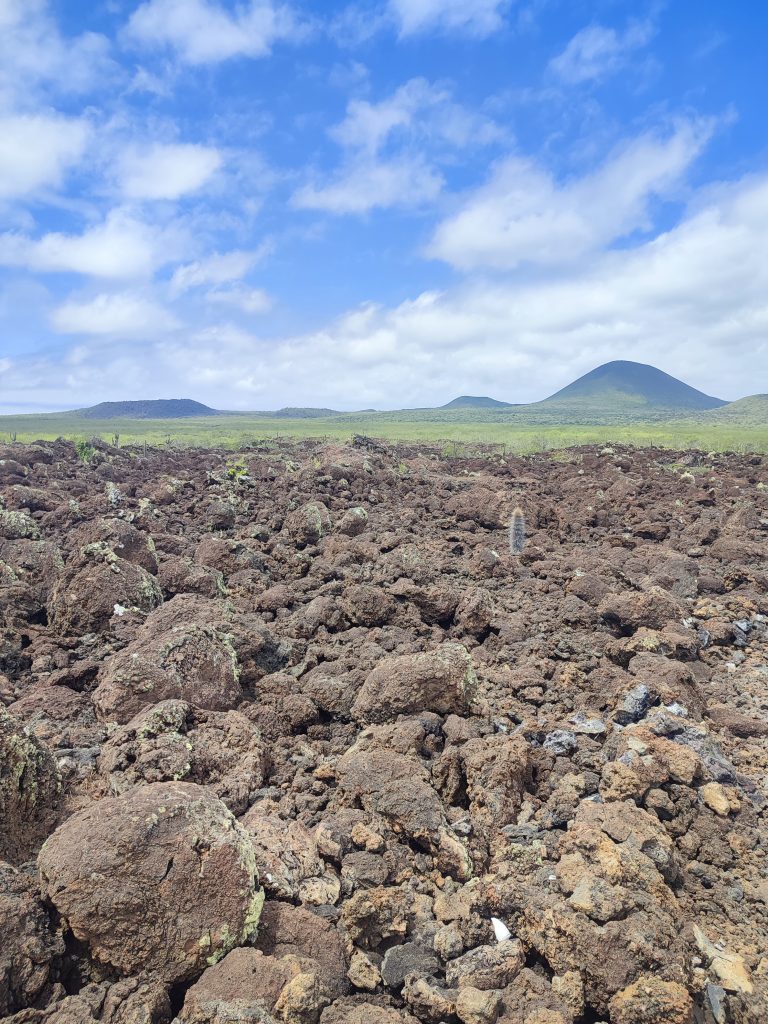The Galapagos Islands are indeed a remarkable place to observe the giant tortoise, one of the many incredible species preserved here. The islands have become well-known for their dedication to the conservation of endangered species, especially the giant tortoises.
On San Cristobal, one of the centers where we could see these impressive creatures up close was the Galapaguera de Cerro Colorado, a tortoise breeding center devoted to their protection and growth.
Looking back, visiting the Galapaguera required thoughtful planning – from choosing between guided tours and independent visits to timing our visit for the best tortoise viewing. Skip the uncertainty I faced and get a FREE personalized Galapagos trip quote from my trusted local experts who know exactly how to incorporate this incredible conservation site into your itinerary. Your booking helps support both this blog and local Galapagos communities.
Table of Contents
Plan perfect trip to Ecuador & Galapagos
I spent countless hours researching everything about traveling to Ecuador, and I created this blog for fellow travel enthusiasts who want the best, most reliable information. But if you want to save time, we’ve partnered with the top local agency to plan your dream trip.
All About Galapaguera de Cerro Colorado
La Galapaguera de Cerro Colorado, situated on the southeastern side of San Cristobal, offers a unique experience in tortoise conservation. This reserve was established to support the population of the island’s tortoises, specifically the Geochelone chatamensis. It’s one of the few places where we could also spot the Calandrinia galapagosa, a rare plant species native to San Cristobal, now nearing extinction.
Unlike some other centers, the Galapaguera maintains a semi-natural environment where young tortoises hatch without needing incubators. Although incubators are available for extra security, they have rarely been needed since the first baby tortoise, named Genesis, hatched here in 2005. The main goal is to boost the survival rates of young tortoises that would otherwise be highly vulnerable to introduced predators.
The 6-hectare reserve has local craft shops and is encircled by a stone wall to protect the tortoises. This setting is ideal for the Galapaguera, as it mirrors the natural habitat of the tortoises found elsewhere on the island, making it a meaningful stop for anyone interested in Galapagos conservation efforts.
What to Expect at Galapaguera de Cerro Colorado
At the Galapaguera de Cerro Colorado, we enjoyed exploring the informational trails winding through the reserve, allowing us to observe baby tortoises in their semi-natural enclosures. These fascinating herbivores, who spend over 16 hours a day grazing on grass, leaves, and cacti, seem to have life mastered—they spend their time basking, munching, and resting. Thanks to their slow metabolism and substantial internal water storage, these tortoises can survive up to a year without food or water!
The visitor center also offered insightful talks on the natural history of giant tortoises, exploring the unique traits of San Cristóbal‘s tortoises compared to those found on other islands. While tortoise size and shell shape vary significantly across the Galápagos, there are two main types: the larger, domed carapace, suited to humid, highland islands, and the saddle-backed carapace, adapted to drier islands where food can be scarce.
Interestingly, the San Cristóbal tortoises show both types: the males exhibit the saddle-backed shape, while the females and younger males have more domed shells, which are broader in the center. This blend of features highlights the fascinating adaptations of tortoises across the Galápagos and makes the Galapaguera a perfect spot to learn more about these remarkable creatures.
How to Get to Galapaguera de Cerro Colorado
The Jacinto Gordillo Breeding Center, or “Galapaguera,” is a must-visit destination located on the northeast coast of San Cristobal Island, about an hour’s drive from Puerto Baquerizo Moreno. A great way to visit Galapaguerra de Cerro Colorado is by joining a San Cristobal Highlands tour, which typically includes a stop at this fascinating tortoise sanctuary. If you prefer a self-guided adventure, you can also hire a taxi for the journey. Just remember to negotiate the fare in advance and agree on how much time you’ll need, so your driver can plan accordingly.
Trust me, while the Galapaguera is amazing, combining it with other San Cristobal highland attractions makes for an unforgettable day! Want an expertly planned itinerary that lets you experience both conservation efforts and natural wonders? Get a FREE quote from my recommended local agency. Your booking supports this blog and local Galapagos businesses.
When to Visit Galapaguera de Cerro Colorado
The Galapaguera tortoise reserve is open for visits throughout the year. We recommend going early in the morning when it’s cooler, as the afternoon can get quite hot. Be ready for a moderate trek into the wilderness along a volcanic gravel trail for the best tortoise viewing experience.
Other Species in Galapaguera de Cerro Colorado
Aside from the tortoises and baby turtles, there are also other animals to see in the area such as:
- Darwin’s Finches
- Galapagos Dove
- Galapagos Giant Tortoise
- Galapagos Lava Lizard
- Galapagos Marine Iguana
- Galapagos Mockingbird
- Galapagos Rail
- Galapagos Red Bat
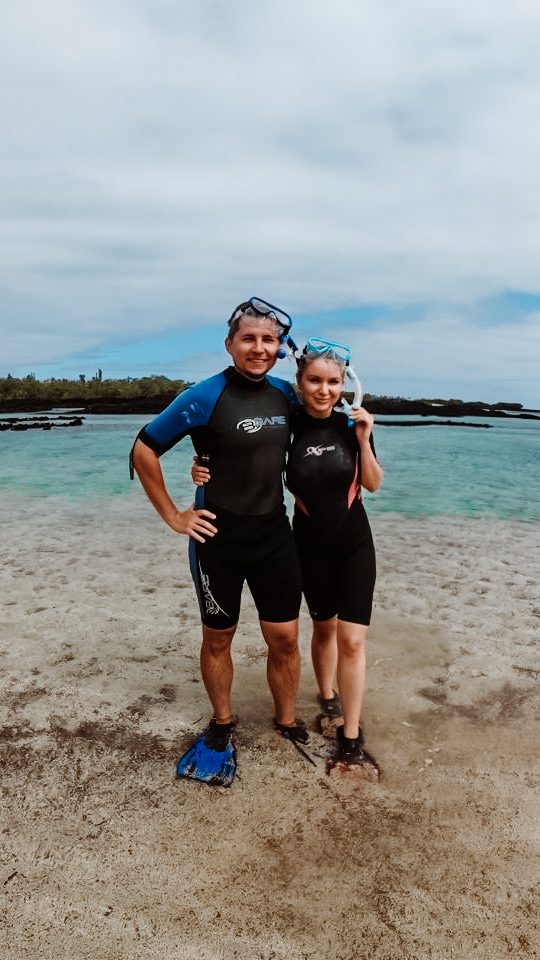
Planning trip to Galapagos Islands?
My wife and I spent two weeks on these magnificent islands, visited nearly every possible tour, and explored as much as we could. I shared all the important details in my comprehensive Galapagos Islands Travel Guide, where I cover everything you need to know about planning a trip to the Galapagos.
Galapagos Islands travel might surprise you with extra fees to enter the islands, the complicated logistics between islands, booking tours, and knowing which spots are free to explore and which ones are not. I’ve covered it all in this Galapagos Travel Guide.
Also, if you’re planning a trip to the Galapagos, make sure to use my link for discounted hotel prices via Booking.com. It really helps support my blog!
Bottom Line
Adding Galapaguerra de Cerro Colorado, or the Jacinto Gordillo Breeding Center, to your Galapagos itinerary is a must. Visiting this site was truly worthwhile for us; the tour was incredibly educational, and it gave us a deeper appreciation for these majestic animals and the importance of preserving nature. After seeing the breeding center firsthand, we left with a renewed commitment to environmental care.
Plan perfect trip to Ecuador & Galapagos
I spent countless hours researching everything about traveling to Ecuador, and I created this blog for fellow travel enthusiasts who want the best, most reliable information. But if you want to save time, we’ve partnered with the top local agency to plan your dream trip.

